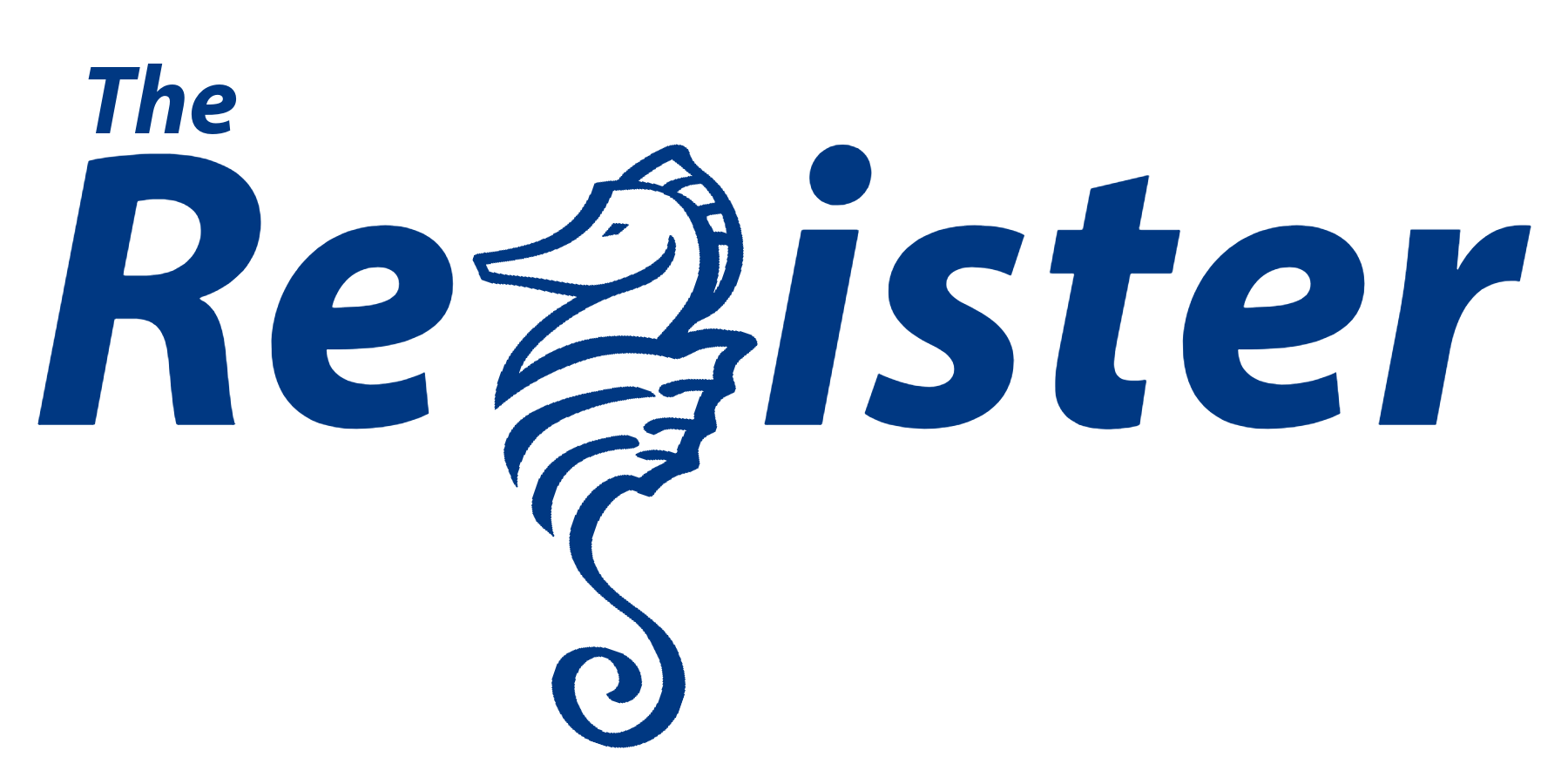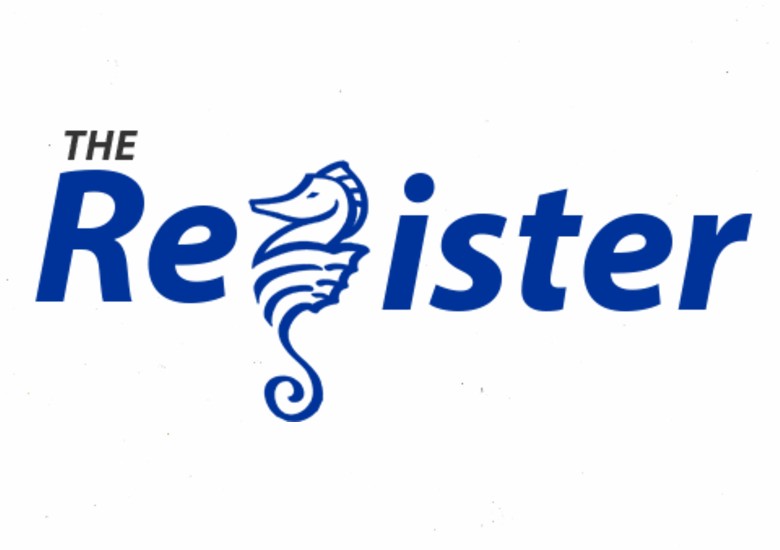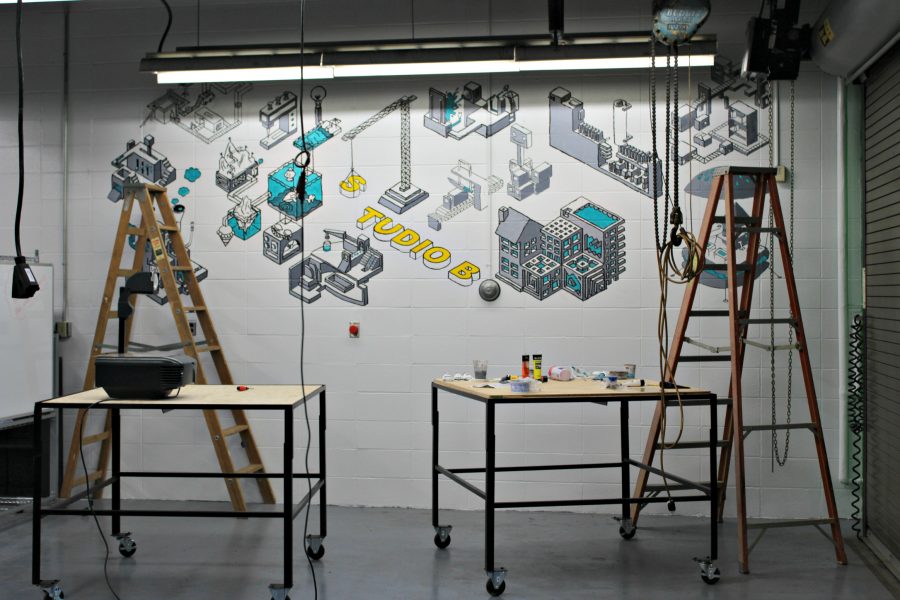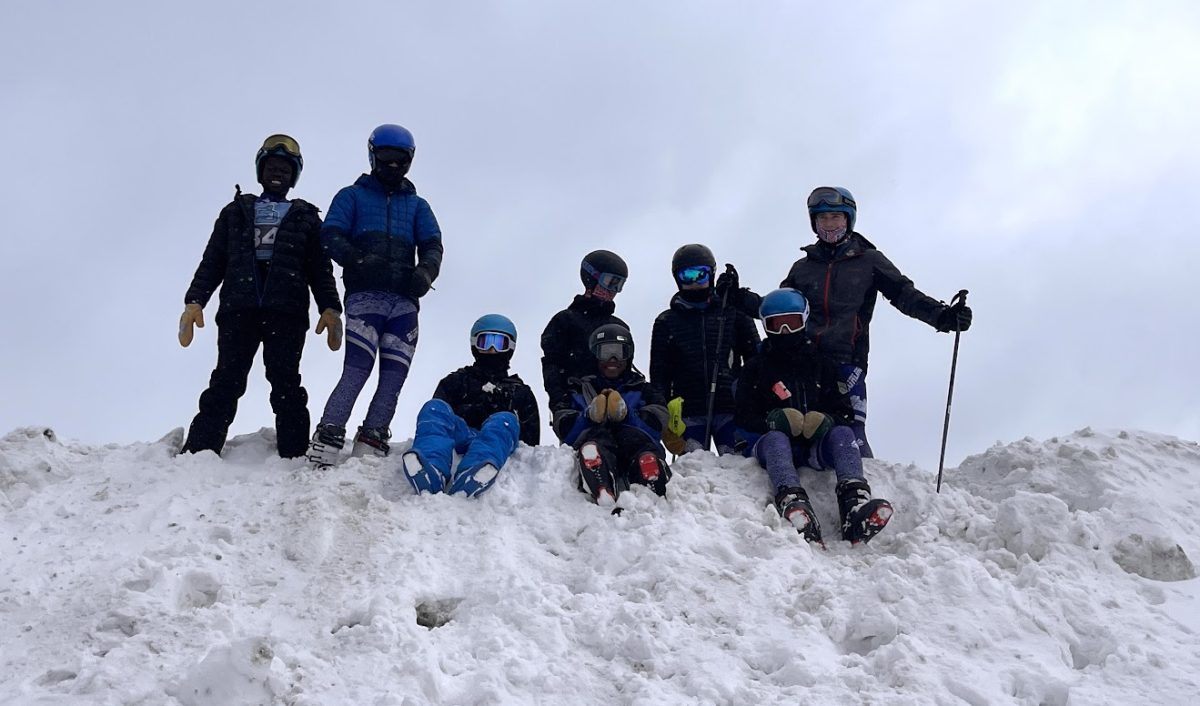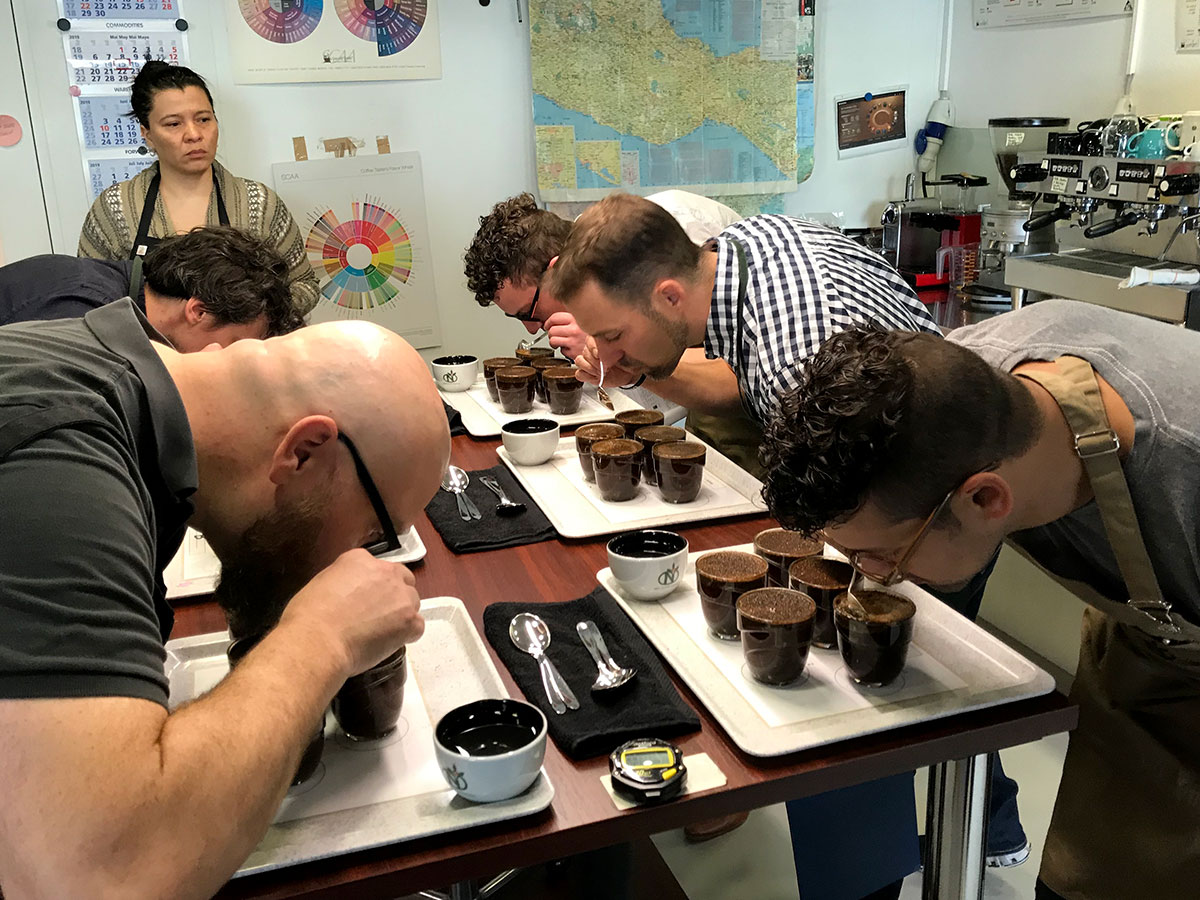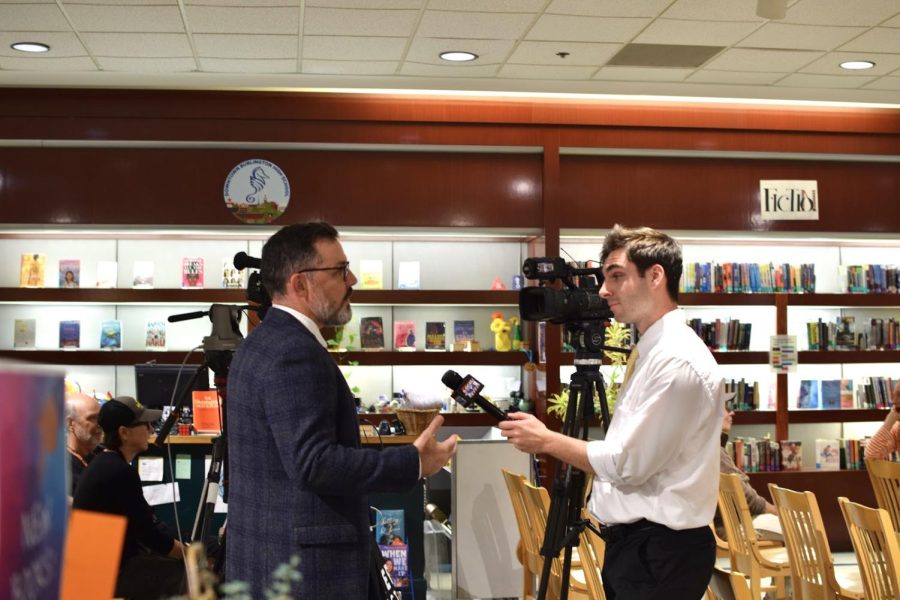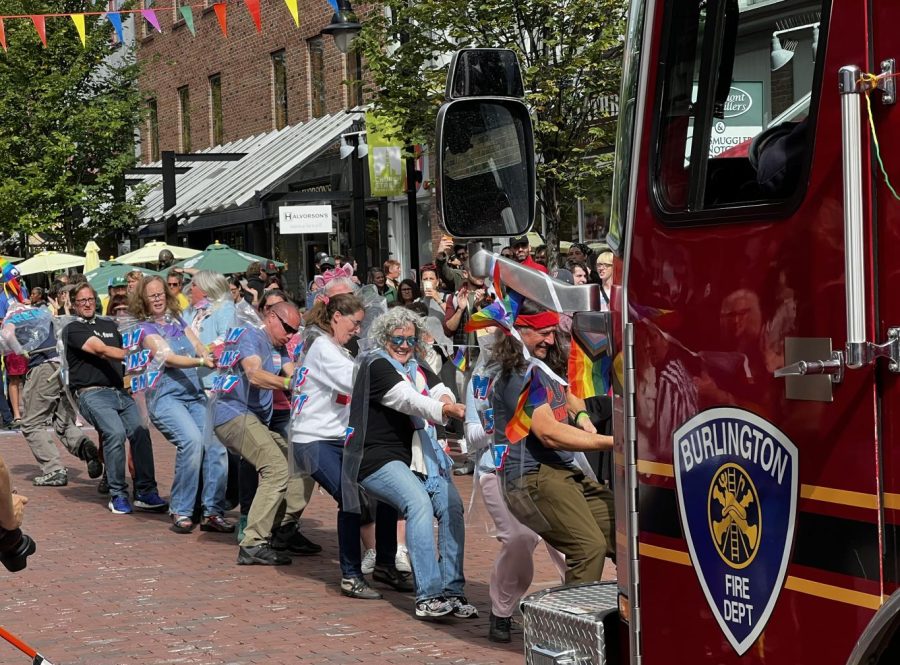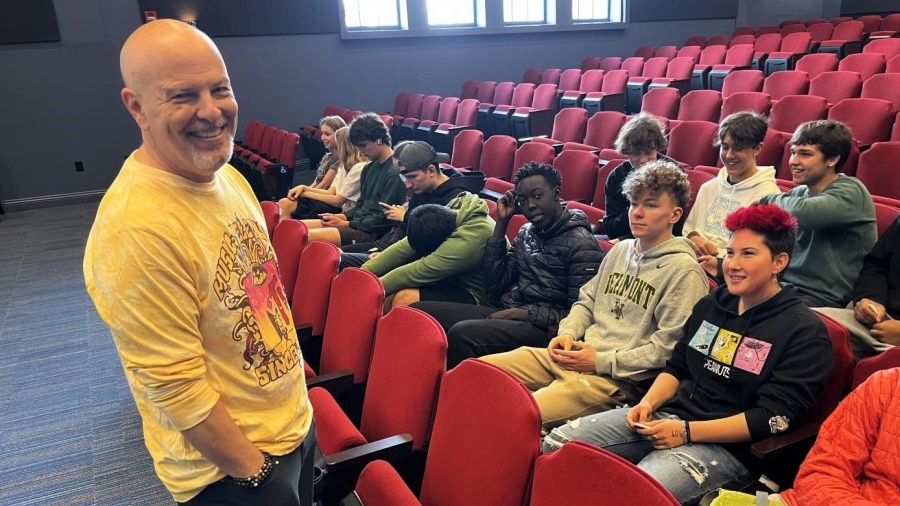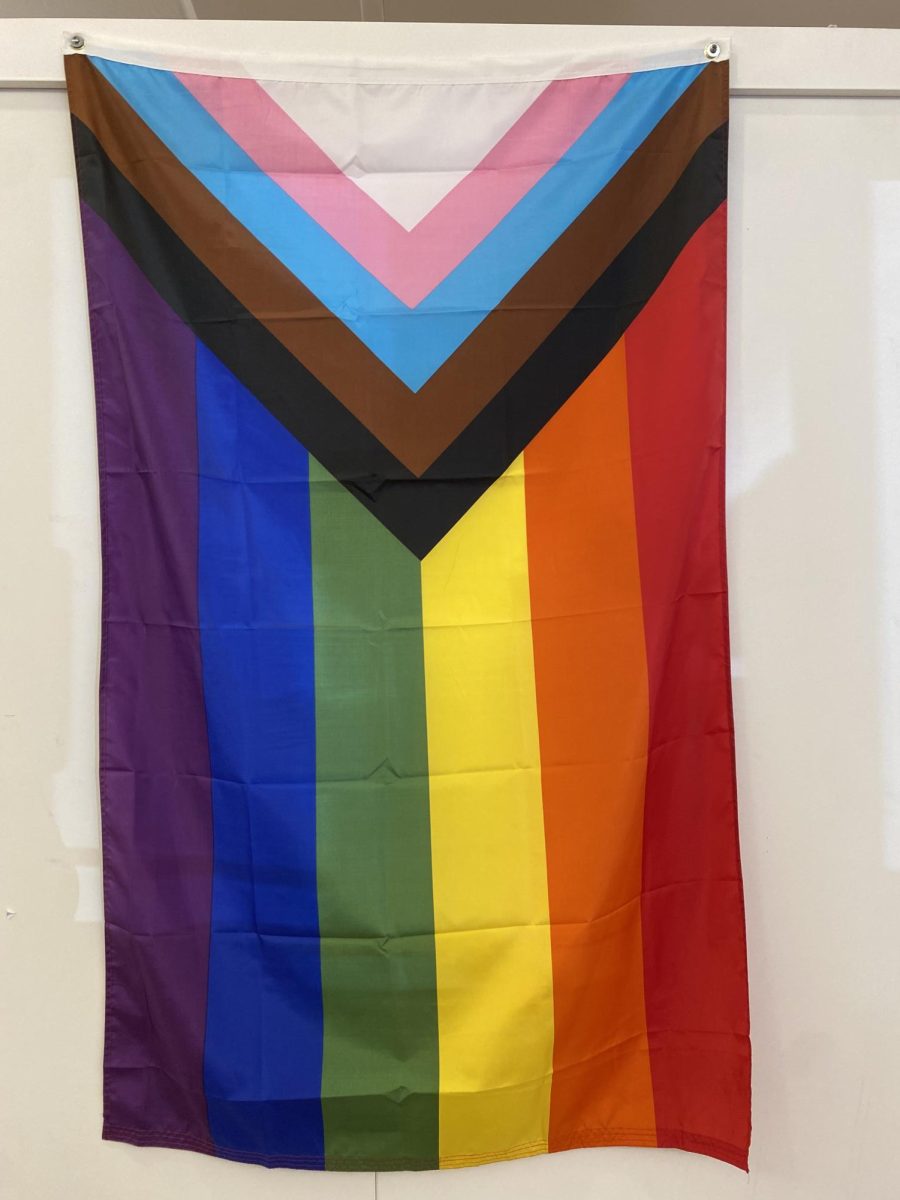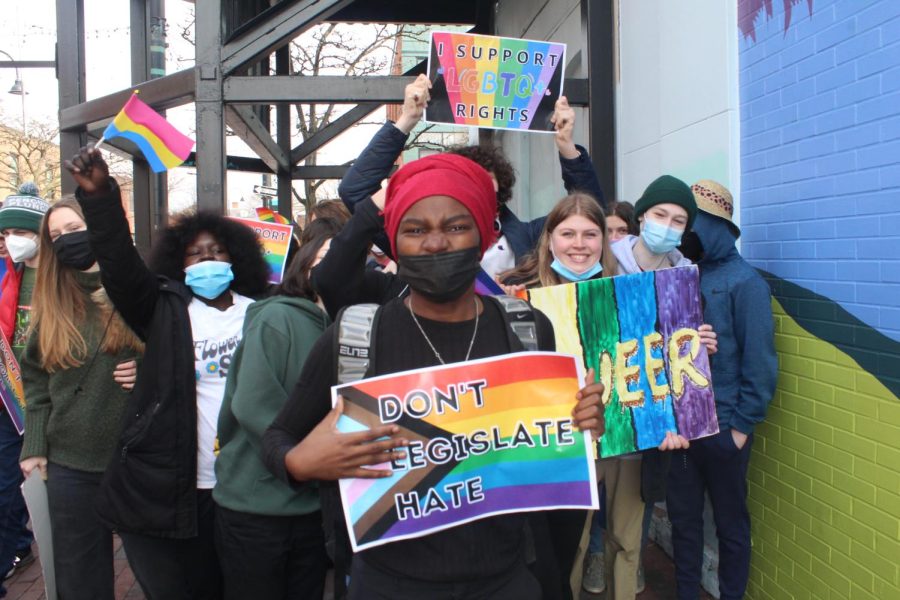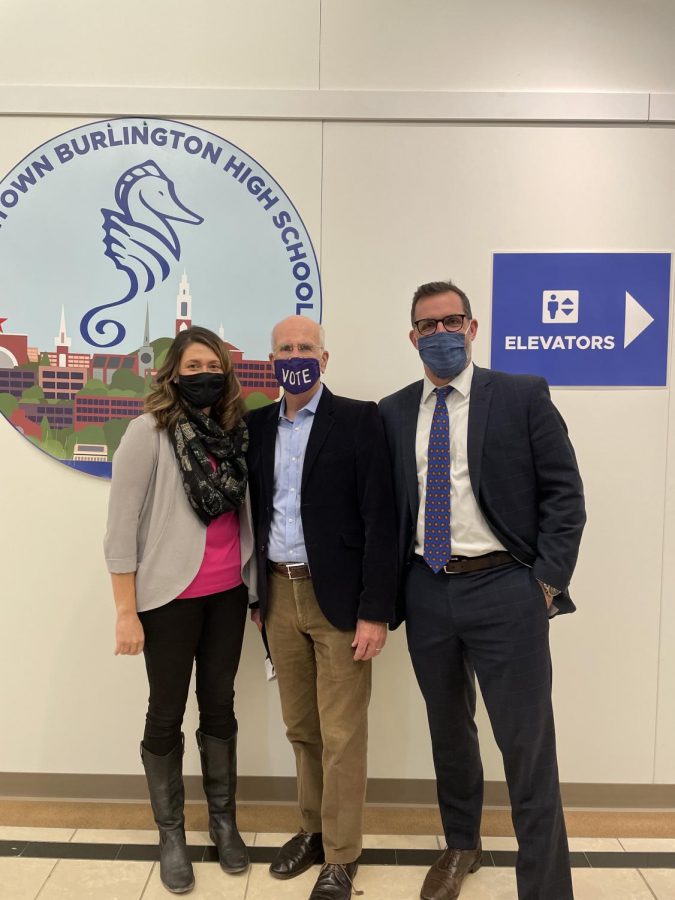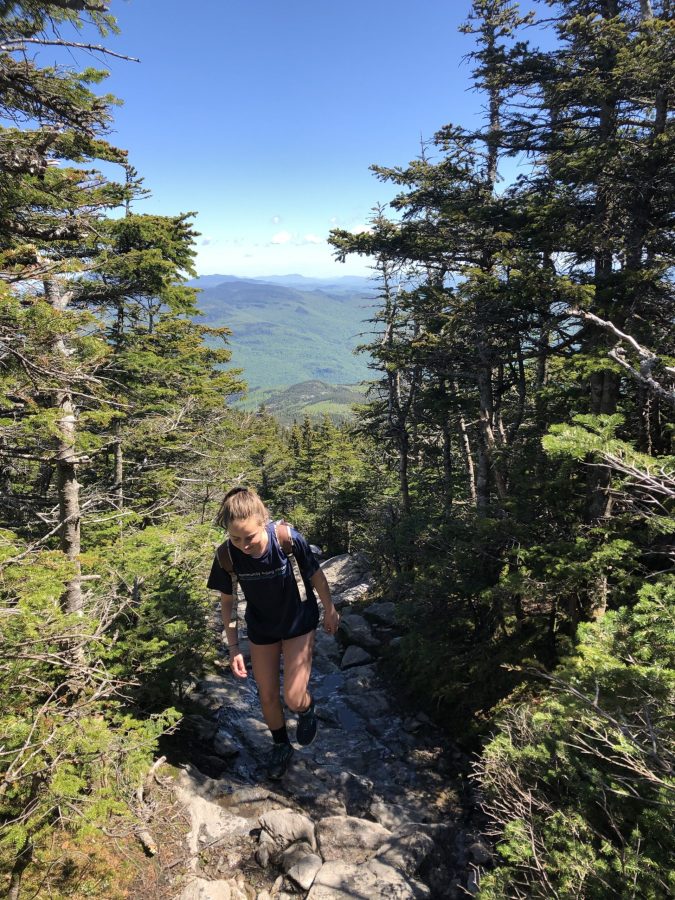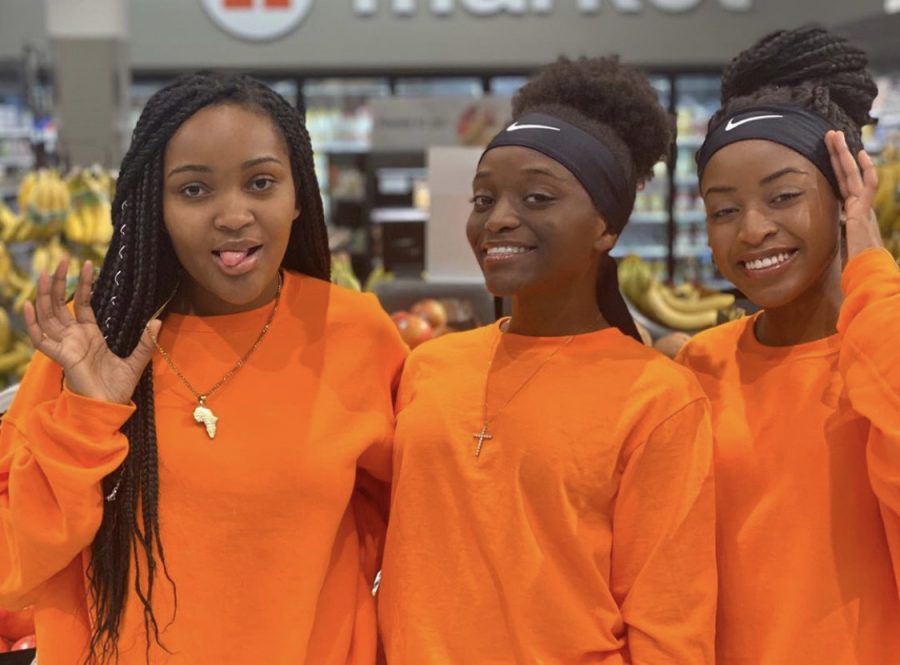The Burlington Technical Center campus is getting a makerspace: a hub for interdisciplinary, project-based learning. The addition is part of a growing education movement around the country to provide spaces for independent, hands-on work.
The “maker movement” is driven by the concept that kids don’t know how things function anymore. Providing students with tools and resources in a collaborative workspace is designed to foster innovation and creativity.
Adam Provost, the BTC director and a former tech integration specialist, developed the idea last fall with Tracy Racicot as a way to meet personalized learning plans. Provost said the idea was inspired by a project lab that was offered while he worked at Burr and Burton Academy.
The makerspace will include five 3D printers, a CNC router, a sewing machine, different saws, a drill press and arduinos. Courtney Asaro, a teacher at both the tech center and Flynn Elementary School, oversees the facility, and will be teaching a “pre-tech” class next year. The course is designed to give students a taste of the different offerings at BTC through project-based learning, and will be based out of the makerspace.
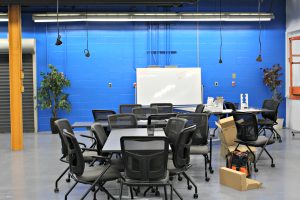
Provost, who describes himself as an advocate for interdisciplinary learning, is excited about the potential the space has for collaborative projects between programs. Design and illustration class could work on metal sculptures with welding students, sports medicine students could 3D print joints and prosthetics.
He believes that the makerspace could develop into the first 9-12 grade entrepreneurship design program in the country.
“We have a lot of students, already with diverse skills, who want to spend time in here,” Provost said.
Tutorials will be provided to BTC and Burlington High School faculty to teach them how to use the equipment. The goal is for the space to increase collaboration between the two organizations.
“There’s a couple of people who can see it, and know what they might do it there,” Asaro said. “I think the more I show what people are doing in there, the more ideas might come out.”
Chaim Lodish, a BHS math teacher, is excited about the potential for projects that relate to applied math, design and engineering.
“I feel like the makespace is going to give students the opportunity to ask more relevant questions, and answer those questions,” he said.
While the project is nearing the finish line, a few challenges remain. Asaro said she needs to determine how to pay for materials, and structure the schedule for the space. She is also working with Generator, a professional makerspace, Dealer.com and Burlington City Arts to find two artists or creators interested in a six month residency. They will have their own cubicle-type area in the makerspace and access to the machines, in exchange for working with students.

“When you’re first starting this kind of stuff, and it’s empty, people are like: ‘what do you do here?,’” Asaro said. “I want to have examples, and I want to have people talking about what they do as makers.”
The space is funded entirely by the U.S. Department of Education, as part of their “CTE Makeover Challenge” contest. Out of thousands of applicants nationwide, BTC was one of 10 schools selected to receive $20,000.
Asaro hopes to hold an open house with the high school before the end of the school year to showcase the makerspace and get teachers excited about the possibilities.
“For me it makes certain kids shine that doesn’t always shine in certain classes,” she said.
